Some two years ago I visited Guatemala for the first time. I’d seen all the lovely, typical Guatemalan things: the gorgeous volcanoes (perfectly cone-shaped as how a kid would draw them), the cute towns of lake Atitlán, the many handicrafts at the market in Chichicastenango and the maya ruins dotted around the country. Little did I know that an absolute non-mayan culture is thriving in Guatemala as well: that of the Garifuna in the far, far east of the country with Livingston as its epicentre.
As I was travelling southwards from Belize a couple of months ago I finally stumbled upon this town and I absolutely loved it.
I met quite a couple of travellers in both Guatemala and Belize who were doubting to go to Livingston. And I get that; this village is super remote from literally everything and you really want to be sure if it’s worth your time before you make the trip. In fact it’s so remote, that you can’t even get there by road. The only way to reach Livingston is by boat, from either Punta Gorda in Belize or Puerto Barrios and Rio Dulce in Guatemala.
Perhaps because of that, this town is unlike any other place in Guatemala. I had the feeling I was back in the Caribbean of Costa Rica. The vibe in the streets and the culture was just so familiar. Unlike the rest of Guatemala you won’t find the embroidered clothes and gaucho hats in here. What you will find for sure is dreadlocks, drumming and expressive dancing.
I heard other travellers complaining about the barbed wire and the decay of the buildings in this town. I actually thought it was kind of cosy; feels just like our Costa Rica hometown in here :)! Sassy cats and scruffy dogs included.
That said, I had a bit more of a personal connection to this town, but I met others who didn’t thought the detour was worth it. Thus, so many people, so many opinions. Perhaps these pictures will give away a bit of the vibe in this town.
What I liked best about Livingston was its Garifuna culture. I was already acquainted with the Garifuna in Belize and I think the history of these people is truly fascinating. When I was in Belize I saw the celebrations of the Garifuna Settlement Day and digged into their history to get to know a bit more about them. So I’ll give you a heads up in here too :).
The arrival of the Garifuna
I think the most interesting thing to know about the Garifuna is that unlike any other ethnic minority in Central and South America, the Garifuna people never were slaves, even though they were intended to be.
Whatever happened, they surely escaped something horrible and knew to make it to the Grenadines.
After being taken away by boat from Africa, the ancestors of the Garifuna somehow managed to alter their fate. Some believe they commandeered their slavers’ ship on the way to the west. Other say that the slave ship was wrecked during a storm and the Garifuna people’s ancestors used the opportunity to escape. Whatever happened, they surely escaped something horrible and knew to make it to the Grenadines.
In 1763, the British acquired the Grenadines and other lands in the Caribbean. Conflicts between the (now again free) Garifuna and the British started shortly afterwards. At the end of the 18th century the Garifuna were exiled to the island of Roatán off the coast of Honduras. Many died during this odyssey. Only 1500 of the original 4000 Garifuna set foot on land at Roatán.
By now mixed with the indigenous Carib, the Garifuna people scattered ever since along the shores of Caribbean Belize, Guatemala, Honduras and Nicaragua. And that’s how they came to Livingston and Puerto Barrios, the only Garifuna settlements in Guatemala. They arrived in small dug out canoes on the shores.
The numbers of the Garifuna is still small in Guatemala. In Livingston only 5.000 out of 26.000 people are Garifuna. Yet, you can hear their language everywhere. The Garifuna in Livingston speak arawak: a mix of English, Spanish, French and West African languages.
With every line you hear you have both the feeling that you understand it all and nothing of it at the same time. It’s actually a bit frustrating from time to time, ha!
What to do in Livingston?
The best thing you can do in Livingston is just to walk around town and soak up that vibe in the little streets. The town is a good place to hang out for a day or two and everything is in walking distance.
The main road is up a steep slope↑ (where the immigration office is located too) leading straight from the dock to the other side of town. I especially enjoyed the hustle and bustle around the docks; no matter the time of the day, there’s always some movement over there.
Fuel up with some tapado (spicy fish stew) in between or drink a coco loco (a coconut filled with a bit of rum).
If you’re in the mood for a little hike, make sure to include Los Sietes Altares in your itinerary. Some 5 km / 3 miles northwest you’ll find this set of freshwater pools and falls hidden in the greenery. I was on my own and lacked the time, but I heard it’s easy to find these ‘altars’. The trip makes for a nice walk on the beach, but don’t go out there on your own! Never a smart move abroad anyway, but the road is supposed to be pretty deserted in here too.
Where to stay in Livingston?
I stayed myself in La Casa Rosada, which was a decent base for Livingston. Unfortunately the dorm ($10,- USD per night for a bed) itself was a bit dilapidated, but I heard that the cabins were a lot better.
What was great about La Casa Rosada was its location (along the river), its lovely outdoor area (with an Australian cattle dog roaming the garden) and loads of hang-out spots. Moreover this place had a restaurant with all types of comfort food. Great in case you don’t want to stay in for the night!
Stay tuned for more info on travelling onwards to Río Dulce!
And here’s where to find that Garifuna vibe in the far east of Guatemala!
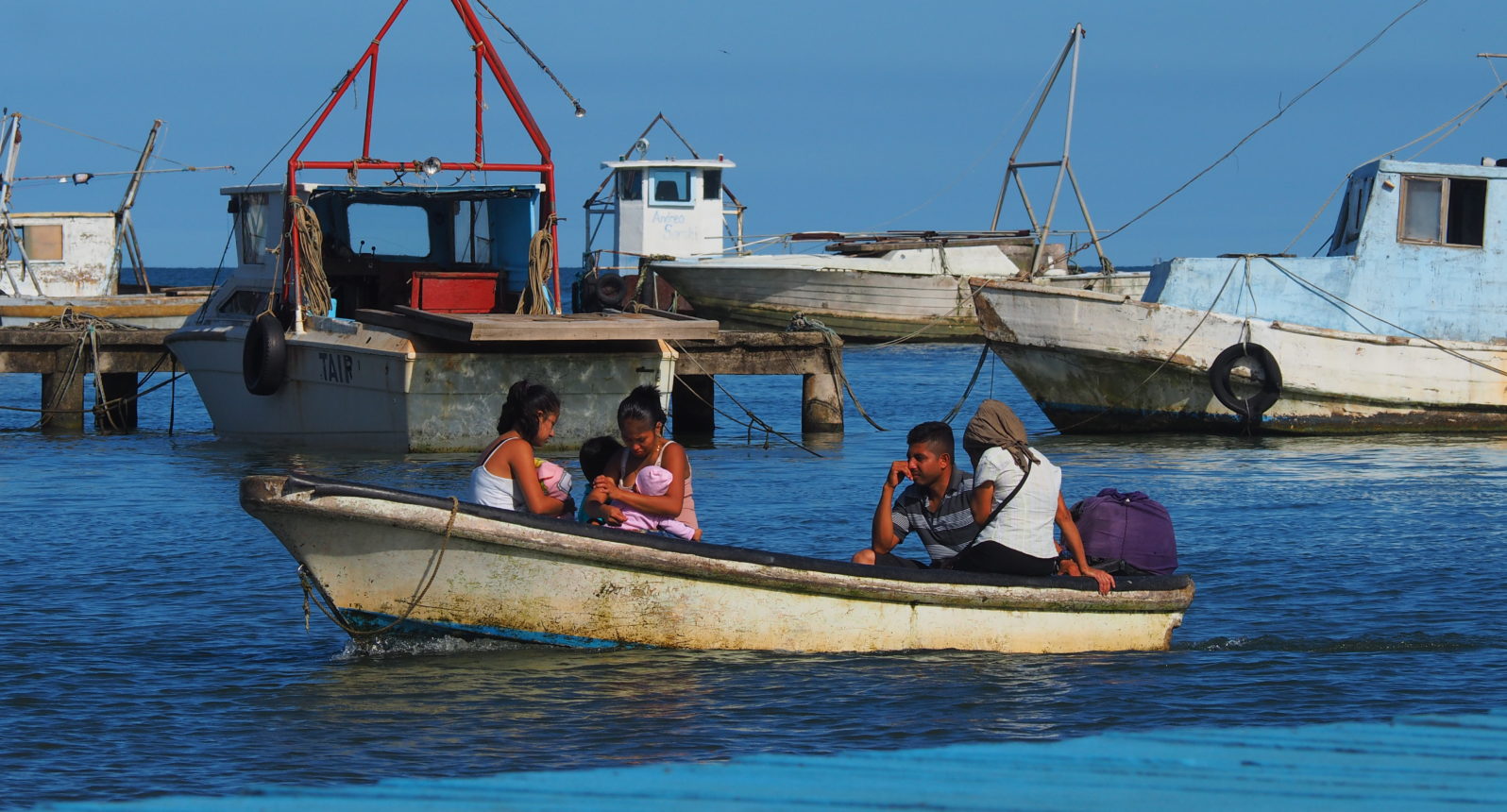
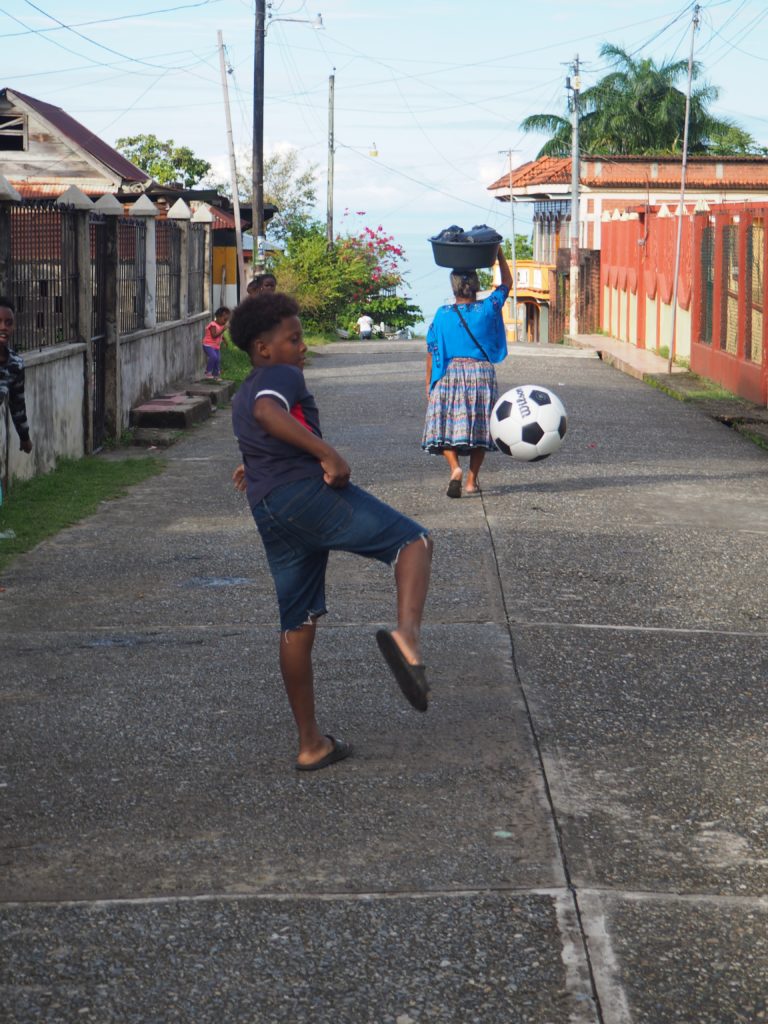
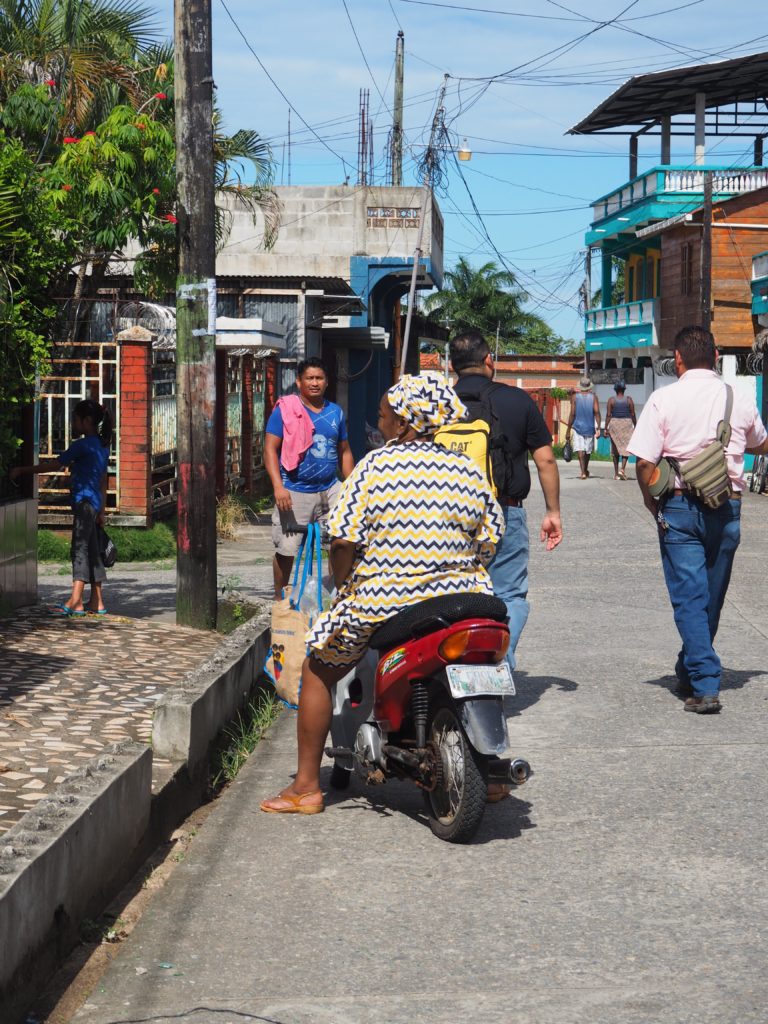
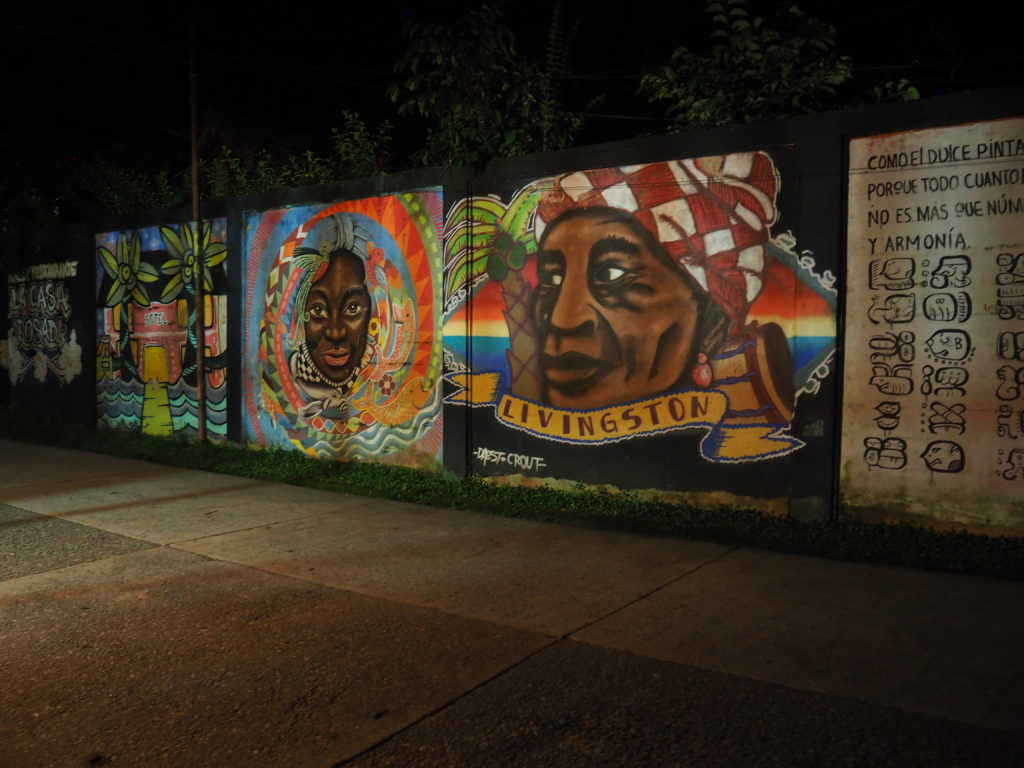
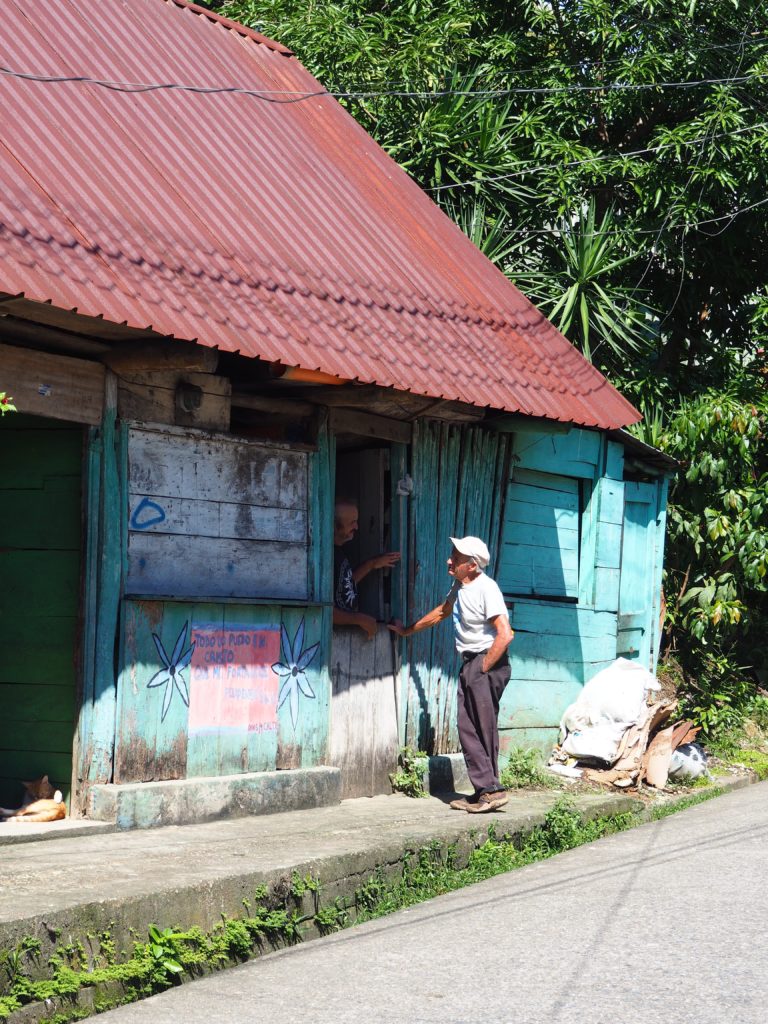
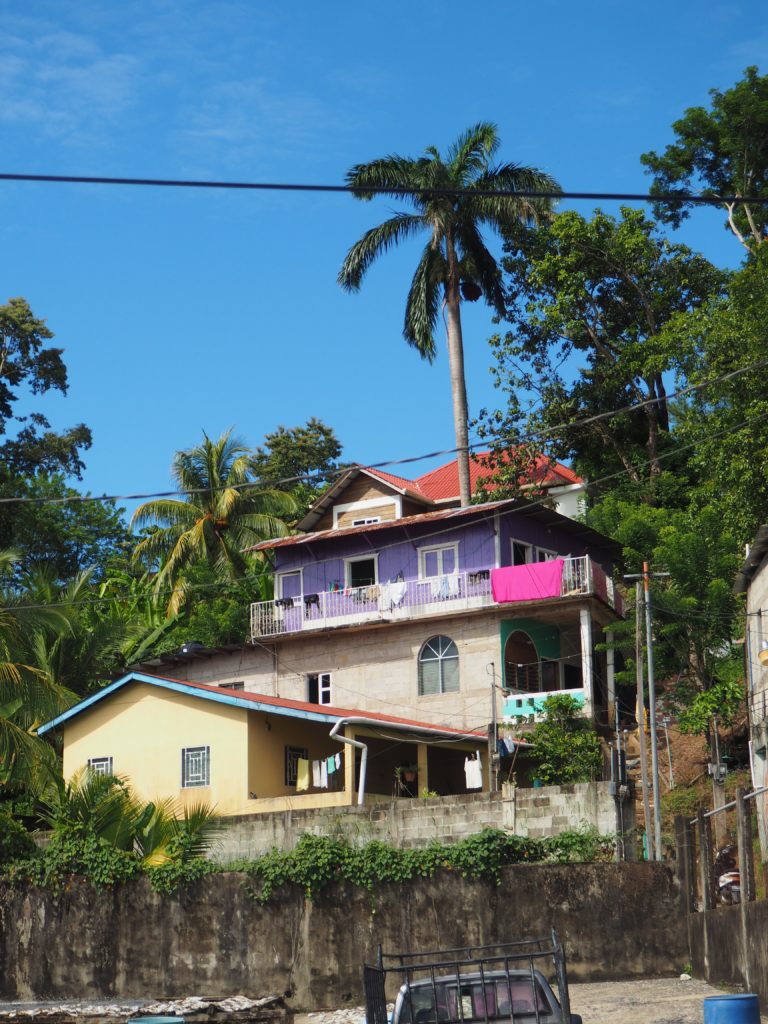
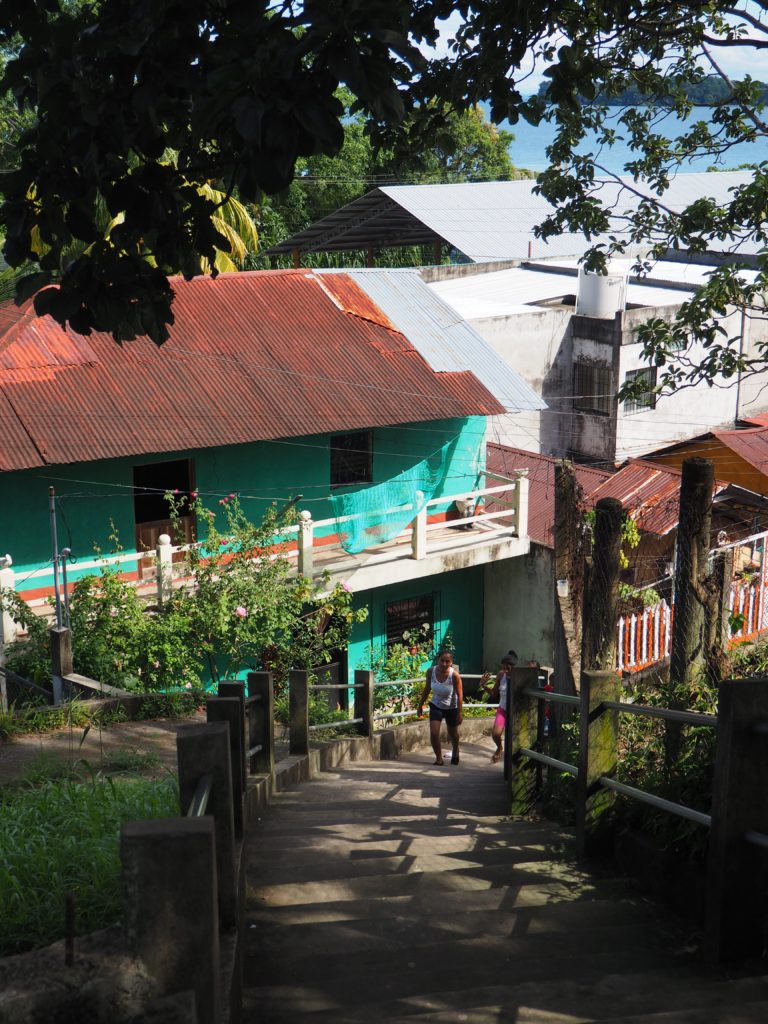
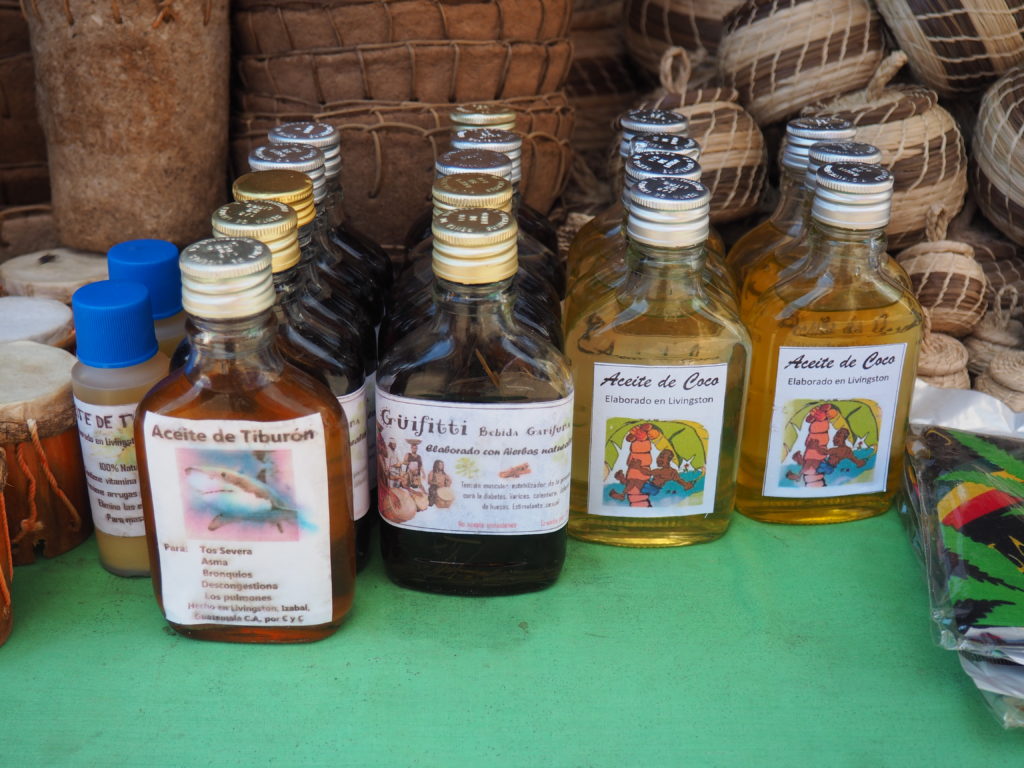
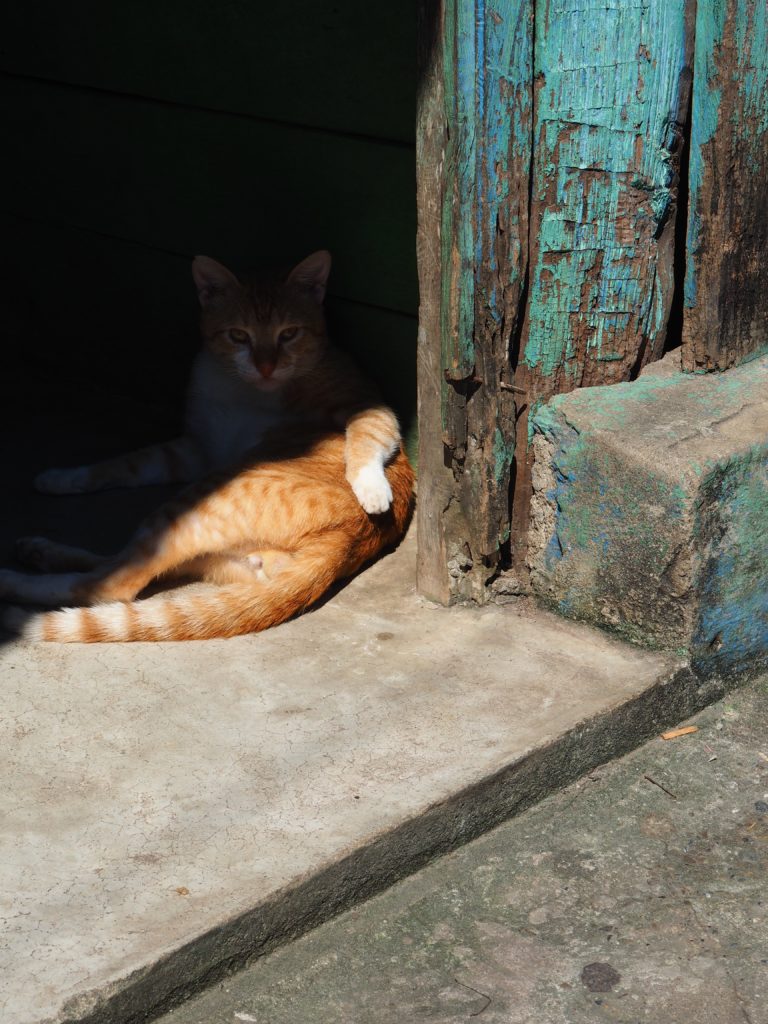
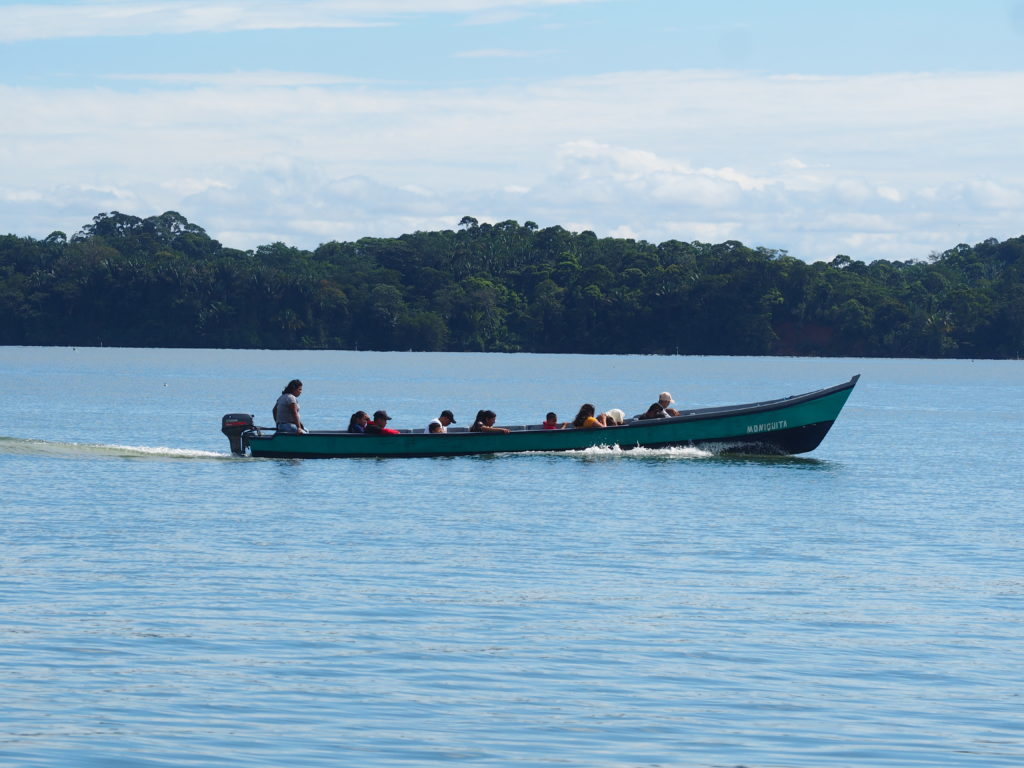
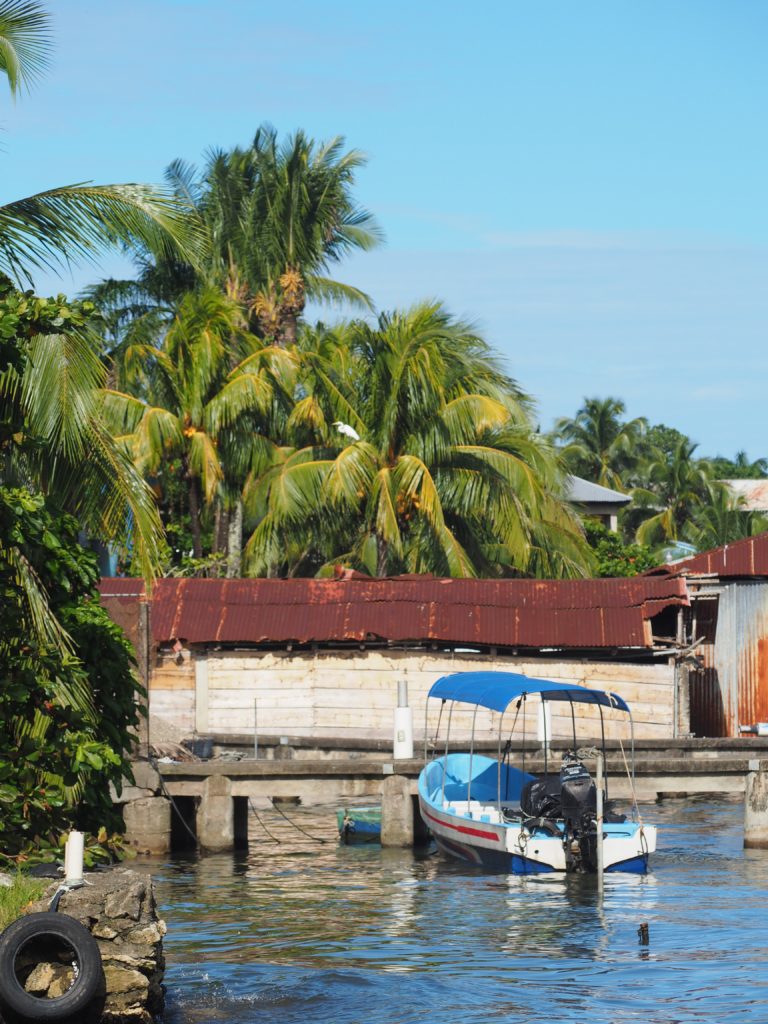
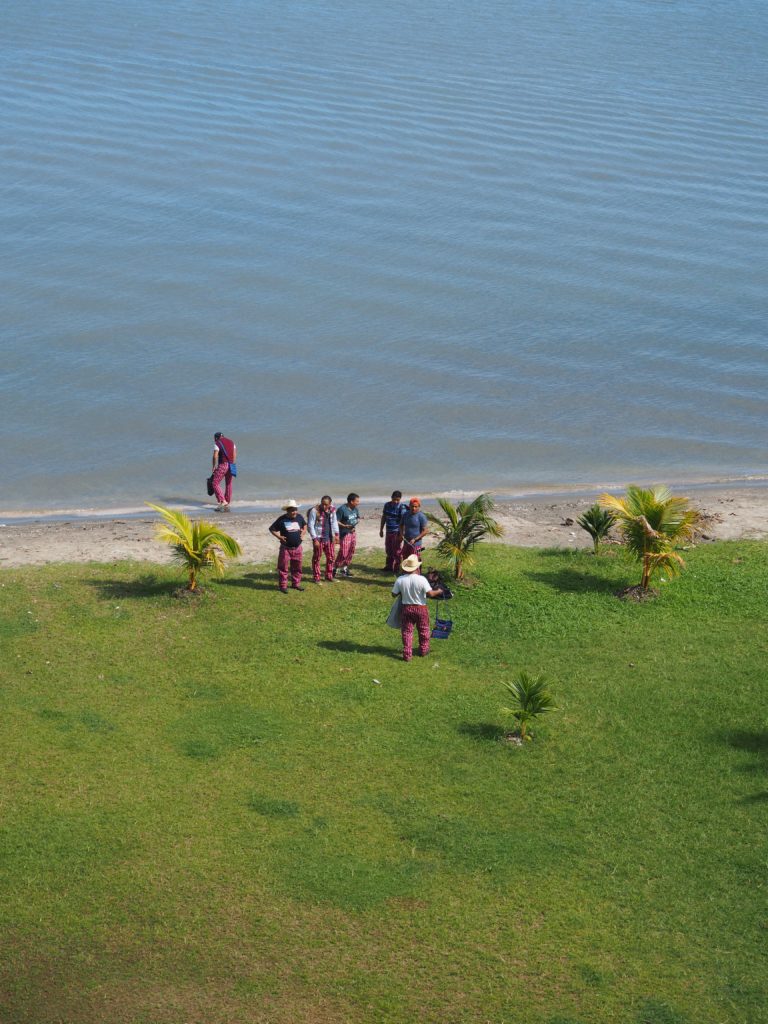
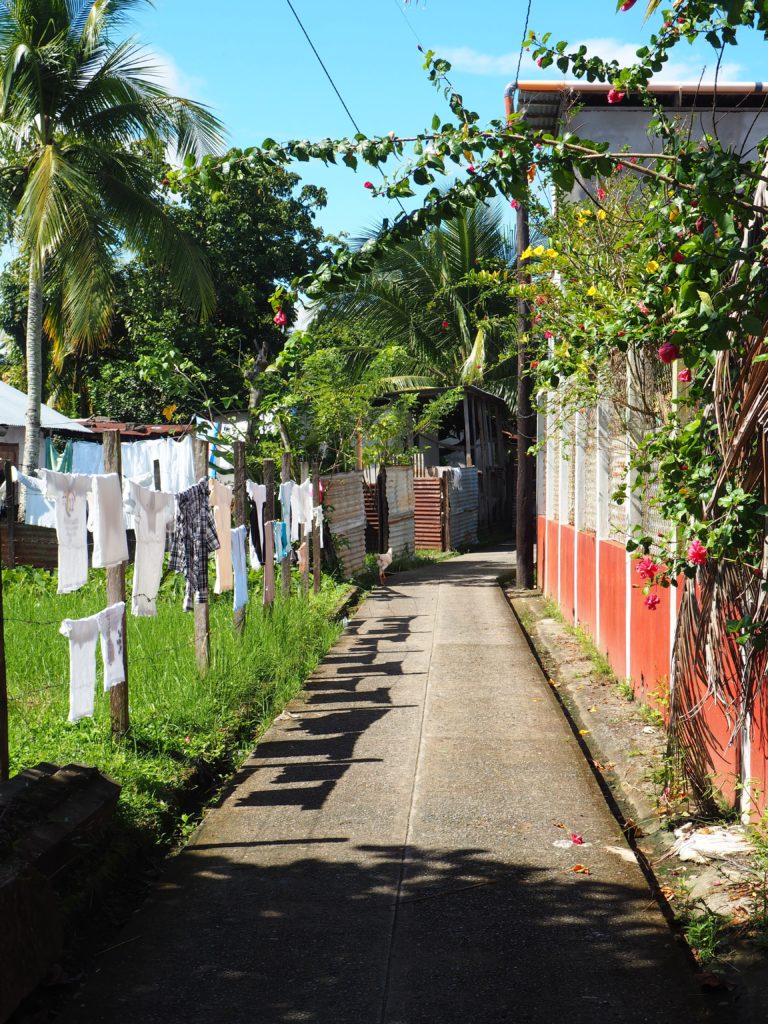
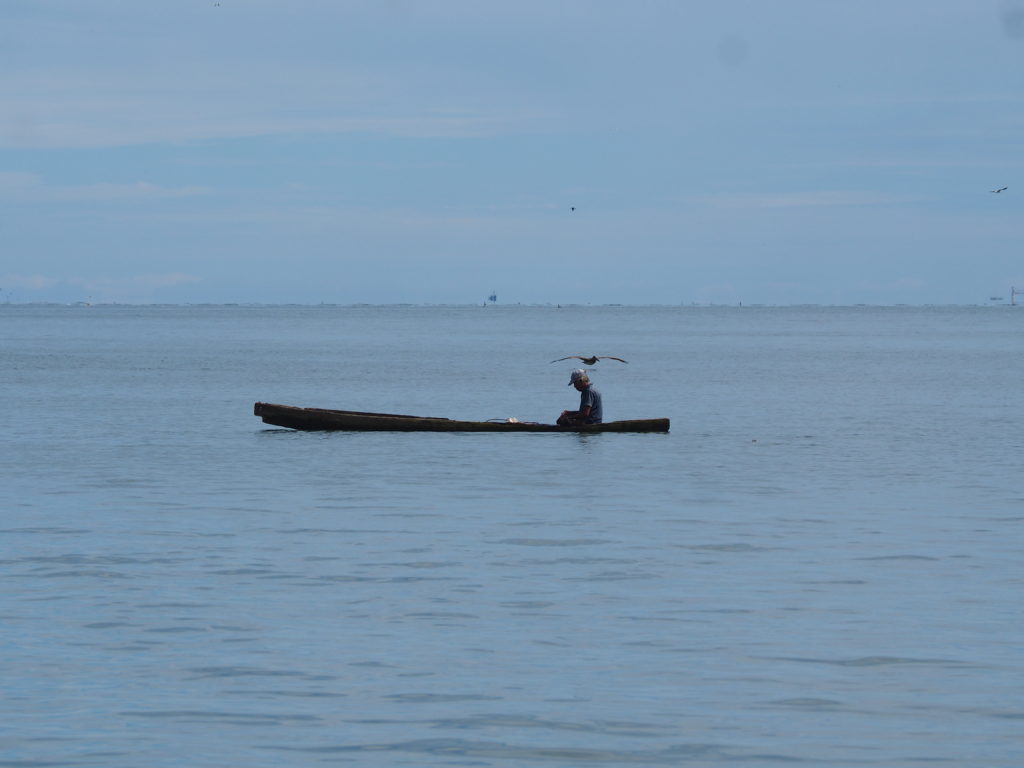
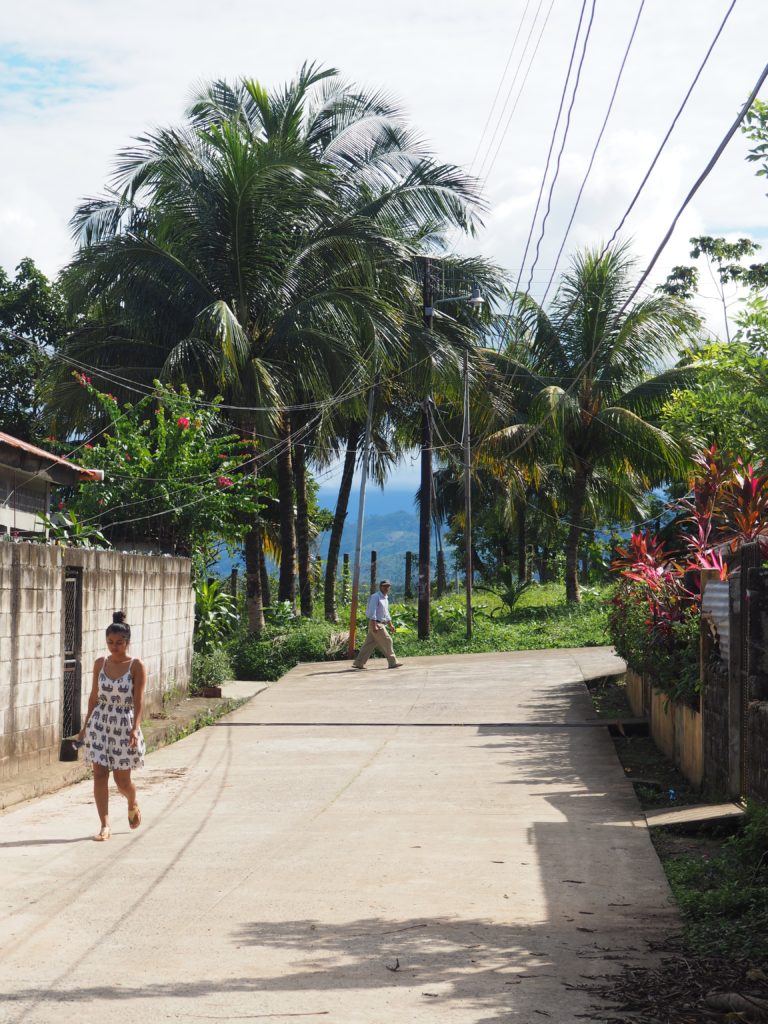
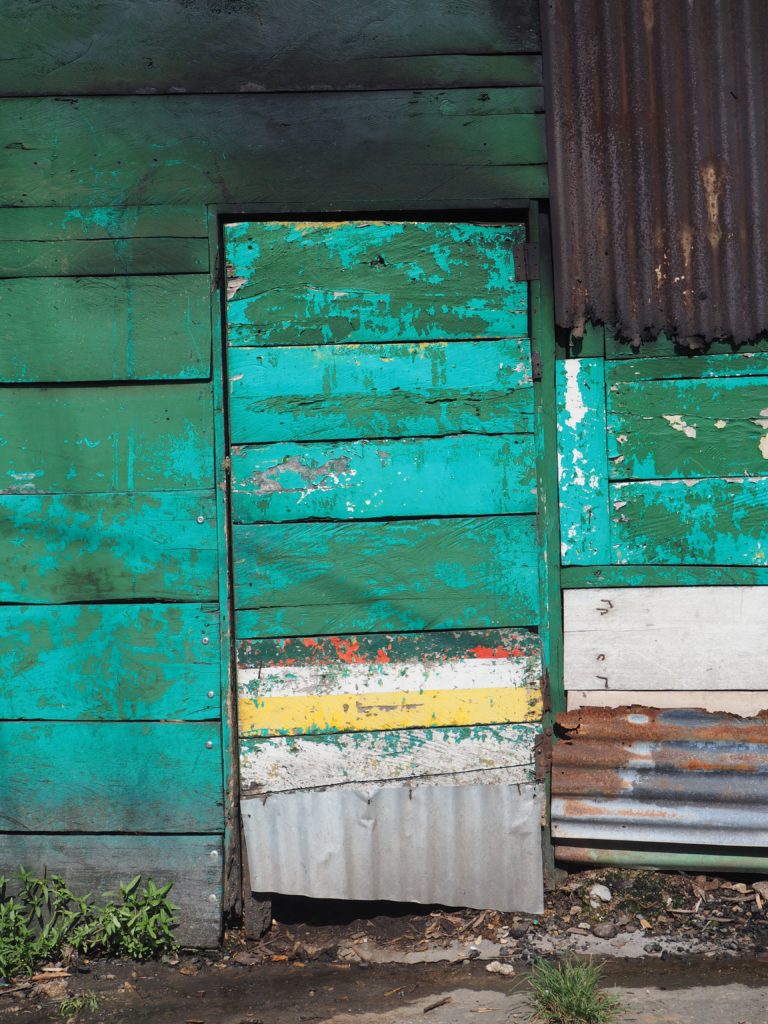
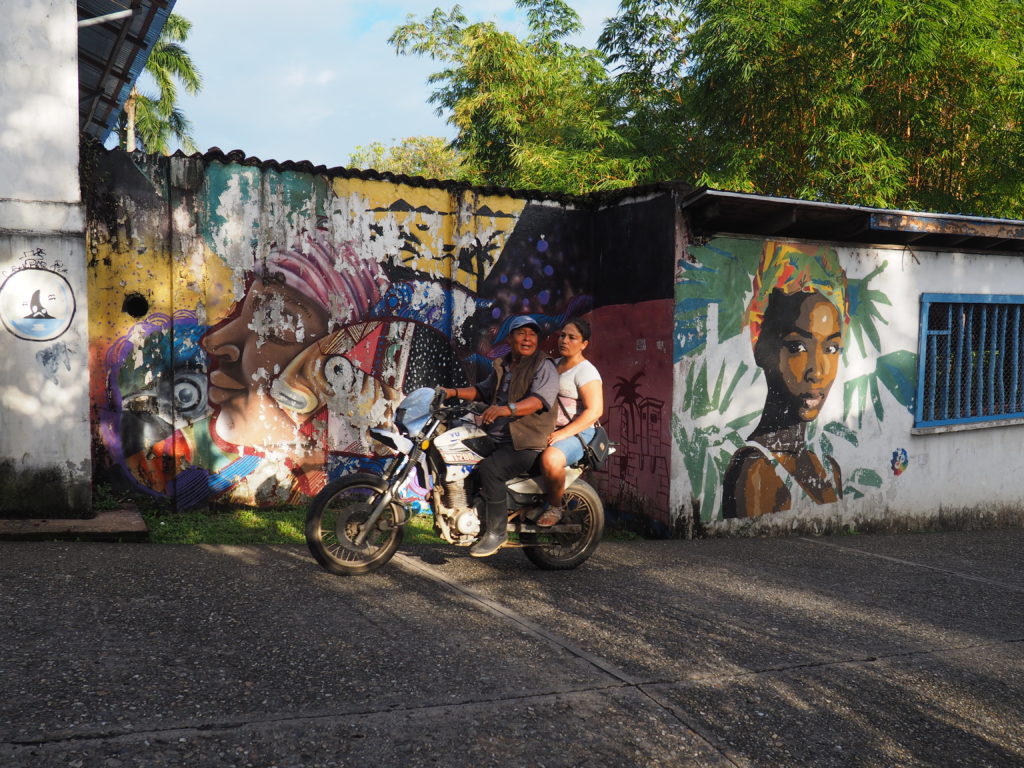
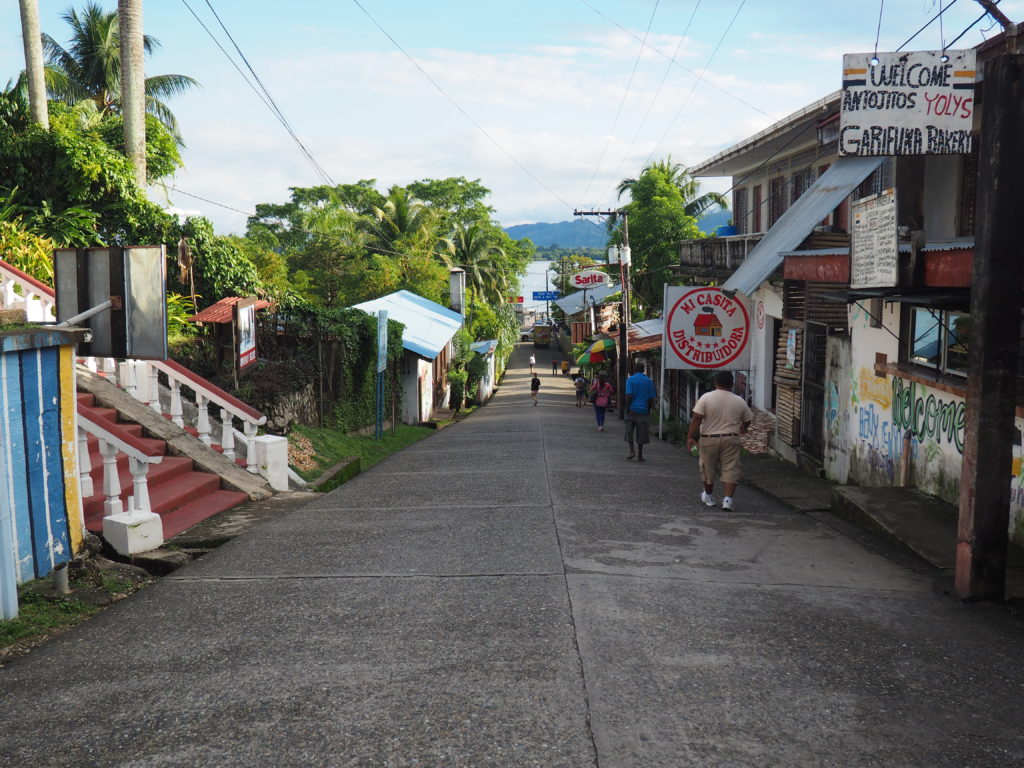
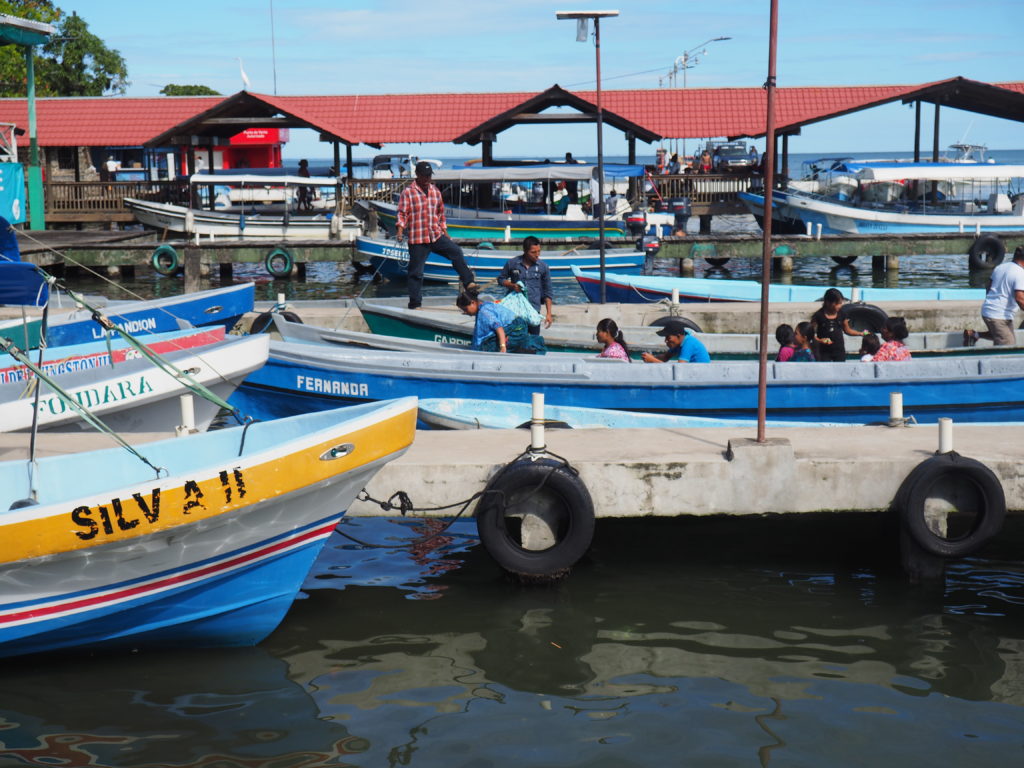
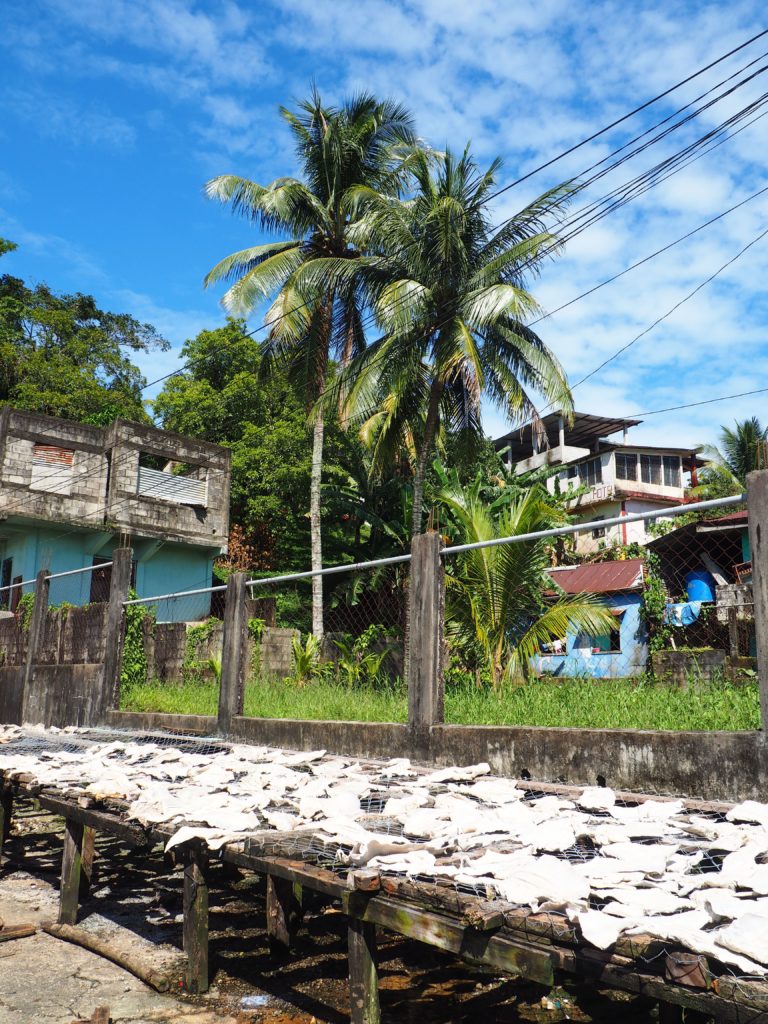
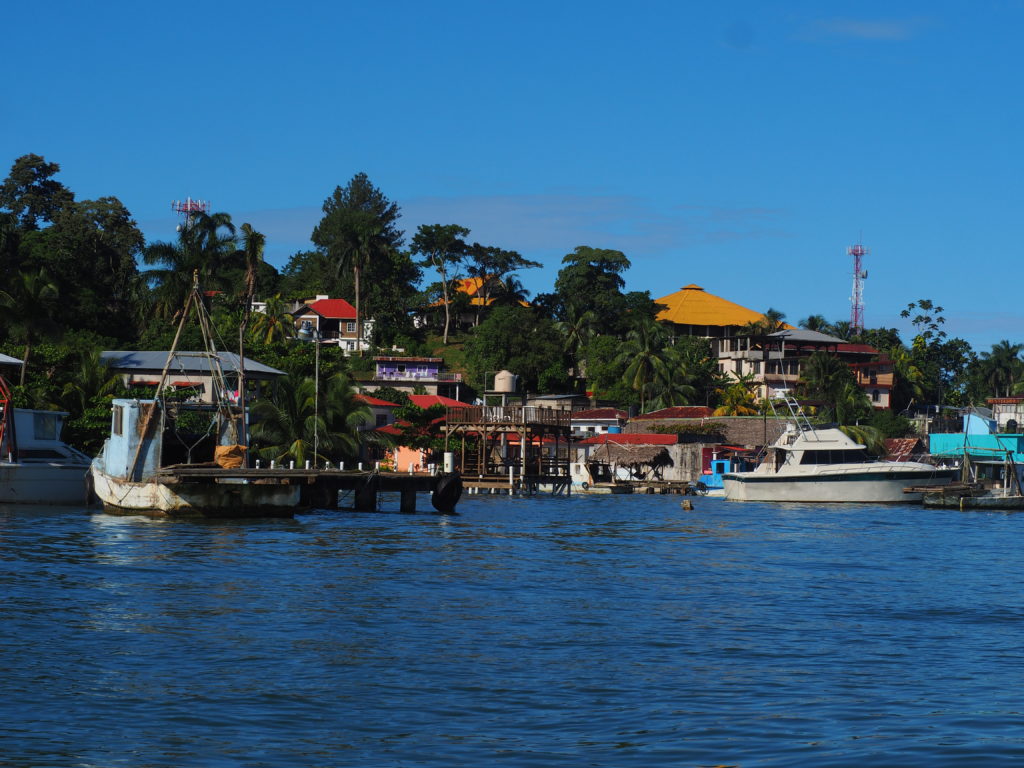
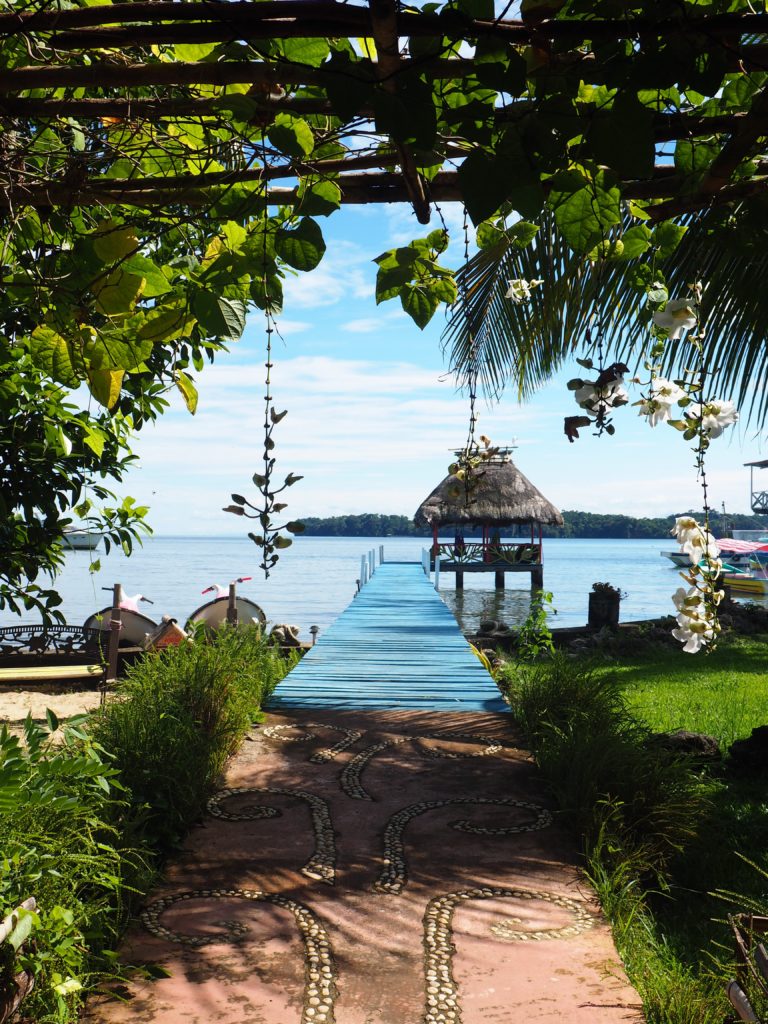
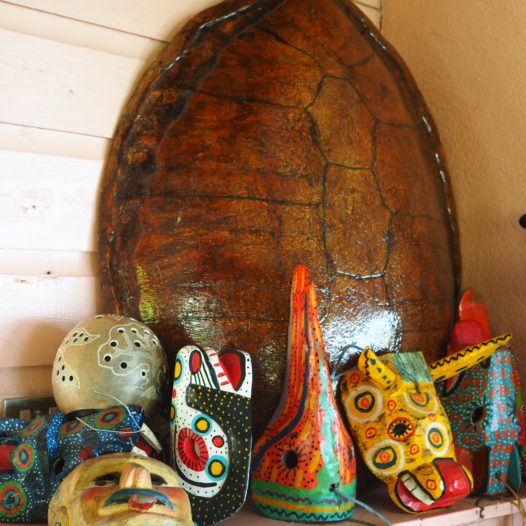
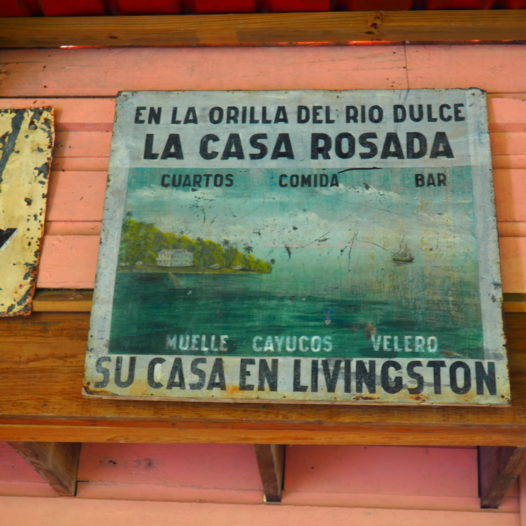
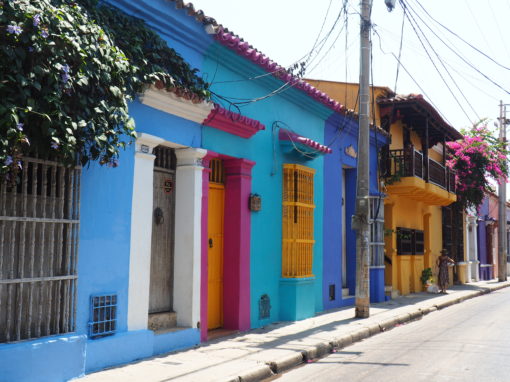
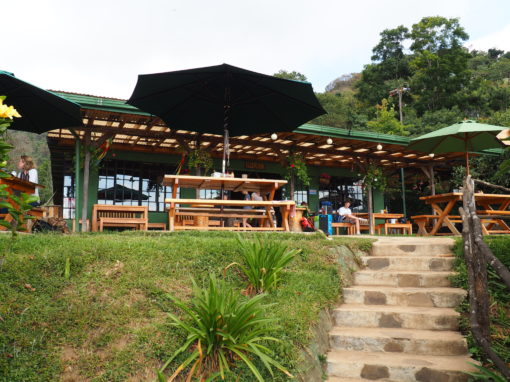
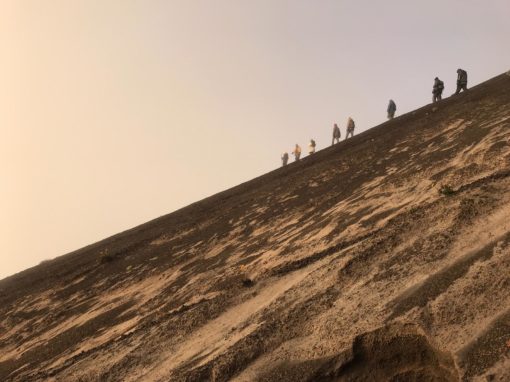
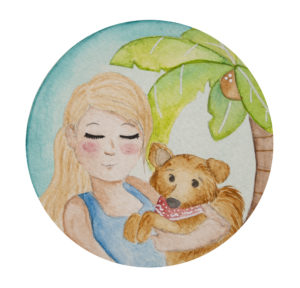
Lou
June 30, 2019 at 1:31 pm
Hi,
Thank you for your post.
I’m Garinagu; Born in the Capital of Guatemala City.
My Parents & Grandparents were born in Livingston. Your description of their home land is 99.9% right. Though Garifunas are few in numbers;
We give Livingston its flavor with the things you have already mentioned.
My family owns land there. And once upon a time my family had ownership of All or parts of the famous & mystical Siete Altares( 7 Alters). As far as I know we NEVER Sold it, or gave it Away.
It was taken from us. Something that the local goverment is presently allowing to occur; Is not only happening to Garifunas in Livingston but also
to Garifunas in Honduras & Belize.
I moved to the United States when I was seven years old. Though having lived in the Capital,
I’ve experienced the magnificance of the isolated land. It’s a tragedy that we are still fighting in 2019 for the preservation of our rich Culture; and losing our land(s) to our goverment and rich developers.
Leiva Baltazar Zuniga
June 30, 2019 at 1:42 pm
Above Comments Regarding
Garifunas Rich & Unique Culture;
Maintaing Ownership of Lands and Retriving Lost Lands
Josephine Funes Wentzel
January 31, 2021 at 10:32 am
Hello. I am looking for an American murderer in that area. http://www.AngelsOfJustice.com